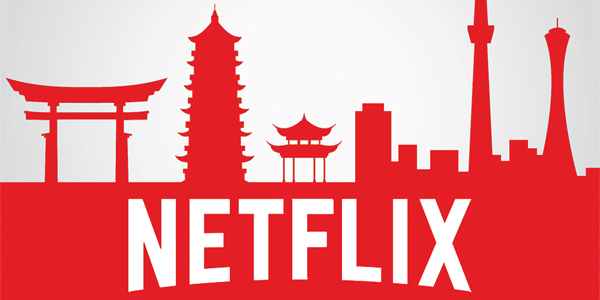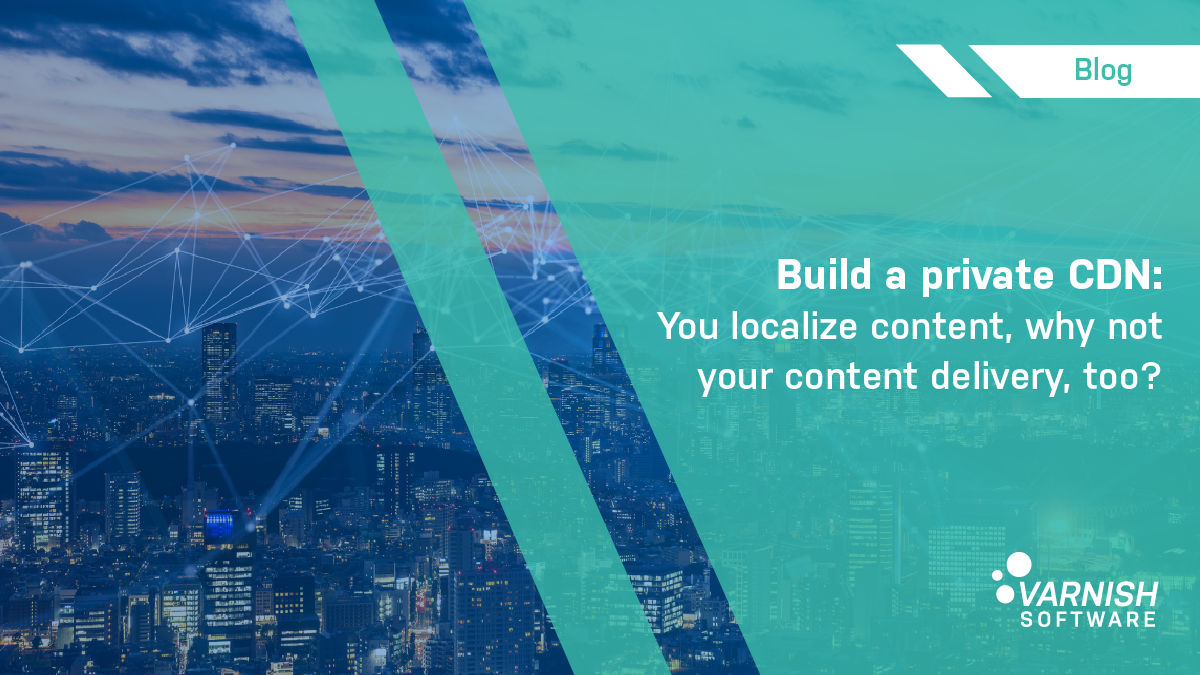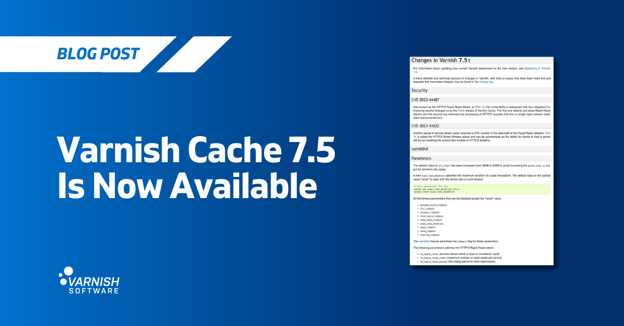
When Netflix launched in the APAC region, different concerns surfaced that highlighted just how different the video streaming and content delivery landscape is across different Asia-Pacific countries. For example:
- Most countries have their own local OTT content providers, serving local content and offering competitive market-specific pricing
- The size of the “region” and the stark economic, technological and regulatory differences country to country makes it difficult to approach the region with a single regional strategy.
- There are vast chasms between local/regional content needs. Australia and Japan are wealthy, subscribership-oriented with modern infrastructure. India has a huge film-loving culture and an English-speaking population but mostly unreliable broadband. Hong Kong and South Korea, both high-income and high-tech, prefer localized content. Japan and South Korea have introduced 4K/UHD initiatives with heavy investment in 8K and VR.
- Mobile content consumption is a huge consideration across APAC, despite the different technologies propelling it forward, with deeper penetration of 4G/LTE in some markets and 5G accelerating in others. The development of 5G will accelerate the adoption of OTT services.
- Countries in the vast APAC region have unique identities that make up their content preferences, technology position and infrastructure, and consumer profiles.
Most OTT content providers, and other companies aiming to deliver content, will face similar challenges.
For local providers, the challenge might be a bit different. You have the localized content; you understand the local market and their willingness to subscribe, pay for content, and what infrastructure you’re working with… but then you’re delivering content via a global CDN provider, where the closest point of presence (PoP) might be far away from your audience or...possibly not even in the same country. Why localize content and content delivery strategy if you don’t localize your delivery as well? You can build out a customer network of your own PoPs to put your edge where you need it.
Why local PoPs matter
A point of presence is essentially a small data center that can be set up almost anywhere to help reduce the distance between two or more data transit points. The closer the PoP to the end user, the faster the content is delivered or application request is sent and received. The aim is to have requests routed as close as possible to the user, and not to have to send requests to data centers in some other country where traditional CDNs reside.
What benefits does a local or regional PoP infrastructure provide?
- Reduced latency for local/regional users
- Reduced data transport costs
- Reduced/more predictable costs for CDN itself (cutting out the middle man)
- Better compliance with local data regulations
- More options for resilience and backup
A local PoP/multi-PoP proposition has more flexibility than global commercial CDN options, letting providers balance performance and cost savings more easily. It’s been argued that launching one’s own private CDN is expensive, hard to manage, or impossible, but it’s actually become a straightforward process that can be as easy to set up and customize as a less flexible traditional CDN solution.
Are you ready to begin localizing your content delivery?
Varnish Software accompanies you all the way and provides all the expertise, support and pre-built CDN technology required to build the CDN you want, wherever you want it. Get in touch to learn more.
/VS-logo-2020-197x60.png?width=136&height=60&name=VS-logo-2020-197x60.png)




